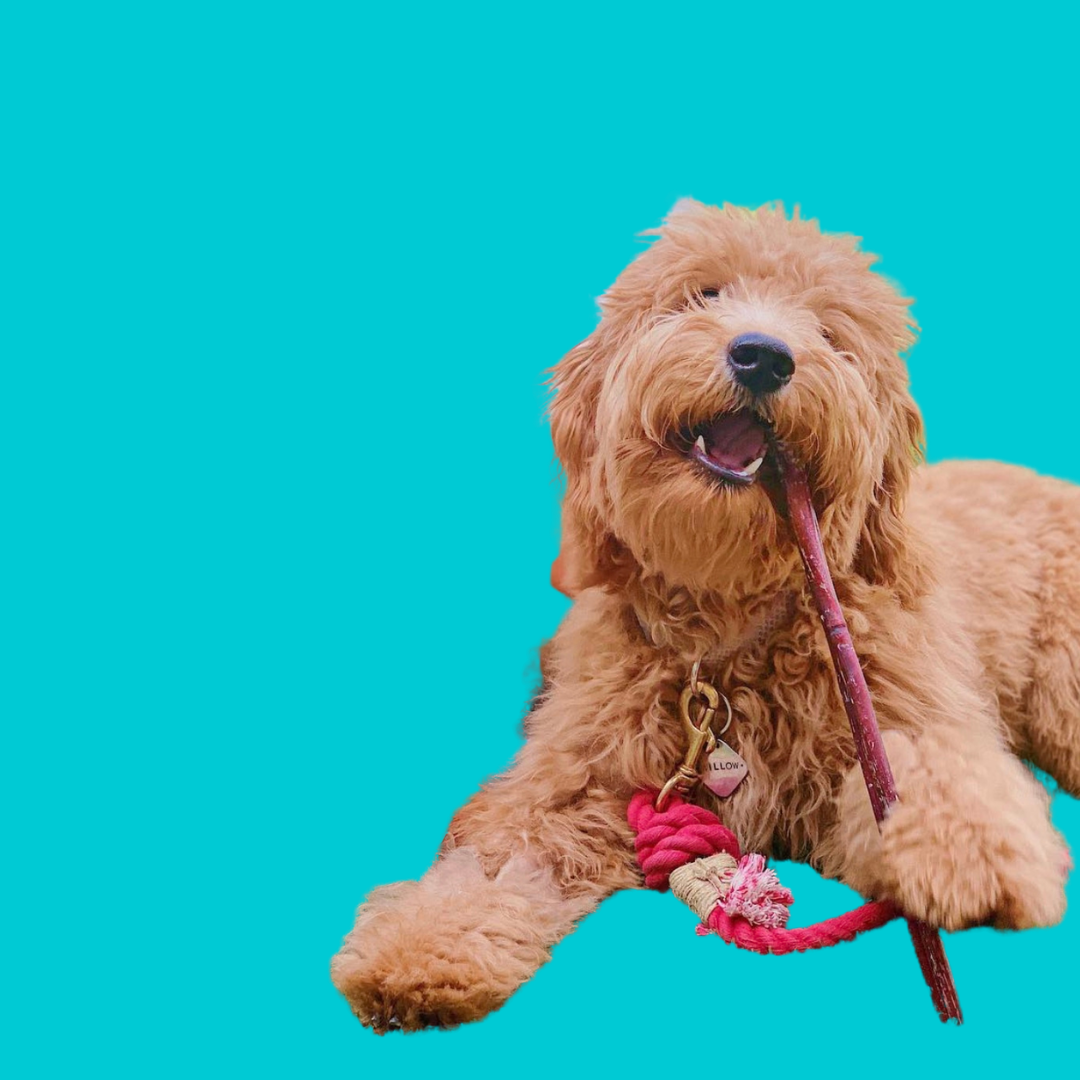Destructive Chewing - Part 2
05.10.2021
As discussed last week, dogs chew. And chew. Let’s take a look at how to curb destructive chewing and encourage “good” gnawing so our pup’s and houses can look and feel good.
What’s causing the behavior:
Try to understand why your dog is constantly chewing. It can be lack of proper training, teething, boredom, separation anxiety or for just plain attention. Because once you understand what’s causing the behavior, you are in a better position to deal with it effectively.
Guide to healthy habits:
REMOVE TEMPTATION:
- Dog proof your home. All belongings that you do not want in your pup’s mouth, put up high or other inaccessible place.
- Ensure your dog toys are clearly distinguishable from household items. It’s confusing to give your pup your old pair of slippers as a toy to chew on and then not allow him/her to chew on your new fluffy slippers.
- Keep an eye on your pooch during this training period so you can immediately correct a gnawing mistake.
- Use a taste deterrent coating on furniture or other large stationery items to discourage chewing on those objects.
ENCOURAGE POSITIVE CHEWING
- When leaving your pup alone, keep them in a “safe zone” with only permissible chewing toys.
- Instantly replace a “bad” chewing item with a “good” one, such as a treat or dog toy.
- Teething toys. If your young puppy is teething, find a soothing toy for his sore gums. A frozen wet washcloth to chew on can often ease the discomfort.
- Punishment is tricky with dogs. Any scolding or negative reaction from their human must be immediate to the bad behavior. Your pup will not associate your finger wagging to the fact that he chew your sneaker 2 hours ago.
The chewing habit is here to stay. But with a combination of love, patience and proactive training, destructive chewing can morph into positive experience.



